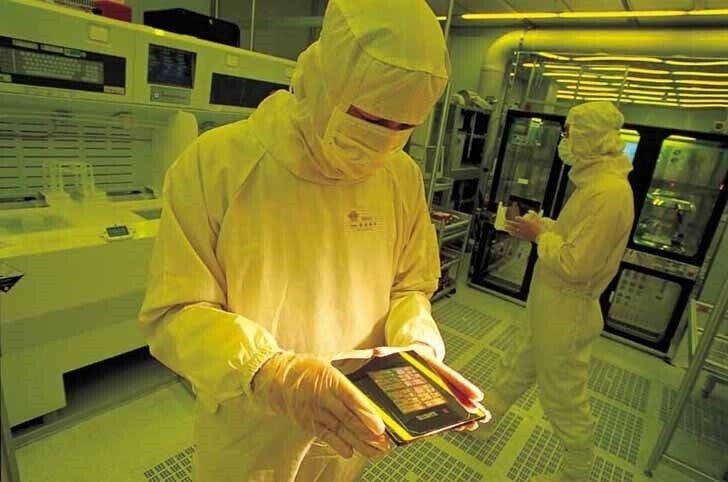Analyst says all iPhone 16 models will get an A18 chip next year

Per Wccftech, Haitong Securities analyst Jeff Pu has some big news about what he says Apple will be doing with next year's iPhone 16 series. Pu states that all four new 2024 iPhone models will be powered by an A18 chip which will be manufactured by TSMC using its second-generation N3E 3nm process node. Even though all four 2024 iPhones will sport an A18 chip, the non-Pro models will be equipped with the A18 Bionic and the iPhone 16 Pro series will use the A18 Pro application processor (AP).
Last year, for the first time, Apple didn't equip all of the iPhone models released in a single year with the same chipset (not including iPhone SE releases). The iPhone 14 Pro and iPhone 14 Pro Max were equipped with the 4nm A16 Bionic carrying 16 billion transistors. The iPhone 14 and iPhone 14 Plus were powered by the 5nm A15 Bionic which the previous year was used on all four iPhone 13 series models; each chip had 15 billion transistors inside.

Apple will equip the four iPhone 16 models with two different variants of the A18 chip says an analyst
This year, the iPhone 15 Pro and iPhone 15 Pro Max are the only phones in the world to feature a chipset produced using the 3nm process node. The A17 Pro sports 19 billion transistors. The iPhone 15 and iPhone 15 Plus both have last year's Pro application processor (AP), the A16 Bionic, under the hood.
Next year's A18 Bionic and A18 Pro will be manufactured by TSMC using its second-generation 3nm process node which is called N3E; this enhanced process node should allow TSMC to hike its yield rate on 3nm production. The yield is the percentage of dies that make it through quality control compared to the total possible number of dies that could be made on a single silicon wafer. Usually, the company submitting the design for a chip, in this case Apple, would be responsible for the defective dies.
However, being TSMC's largest customer allowed Apple to sign a sweetheart deal for this year that holds TSMC financially liable for chips that can't be used. This deal will not be extended to the N3E process node. Compared to the current N3B process node used by TSMC to build the A17 Pro, the second-generation process should result in greater power efficiency for the iPhone 16 line.
These days the process node is used to mark different generations of processors. As process nodes drop, transistor sizes drop allowing more transistors to fit inside a chip. And the higher a chip's transistor count, the more powerful and/or power efficient a chip is.













Things that are NOT allowed: